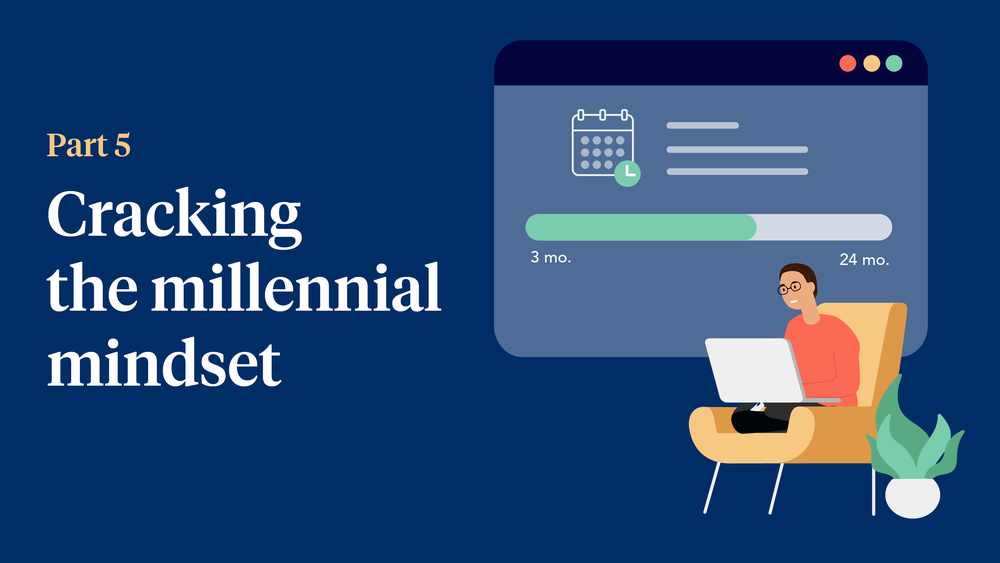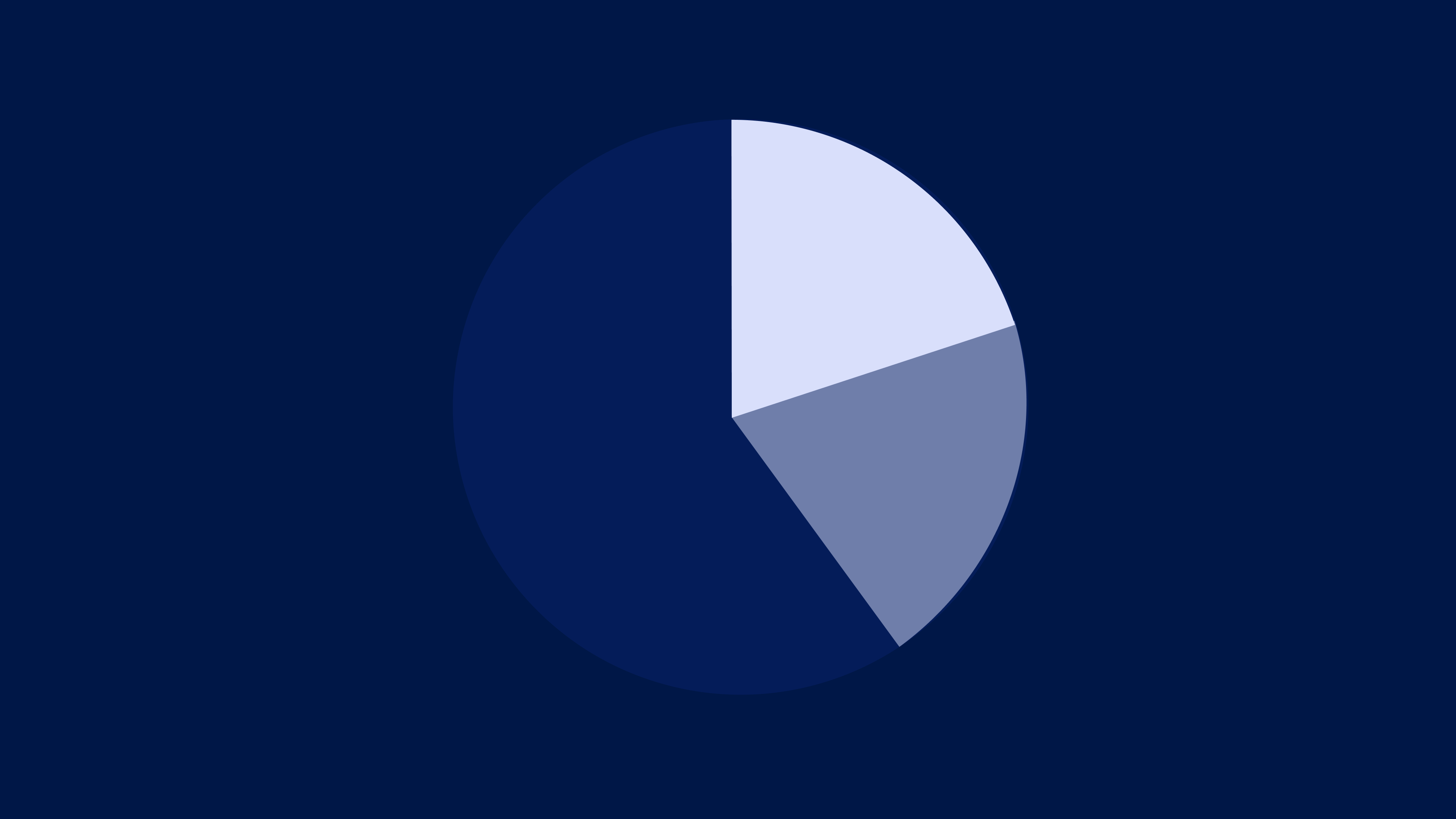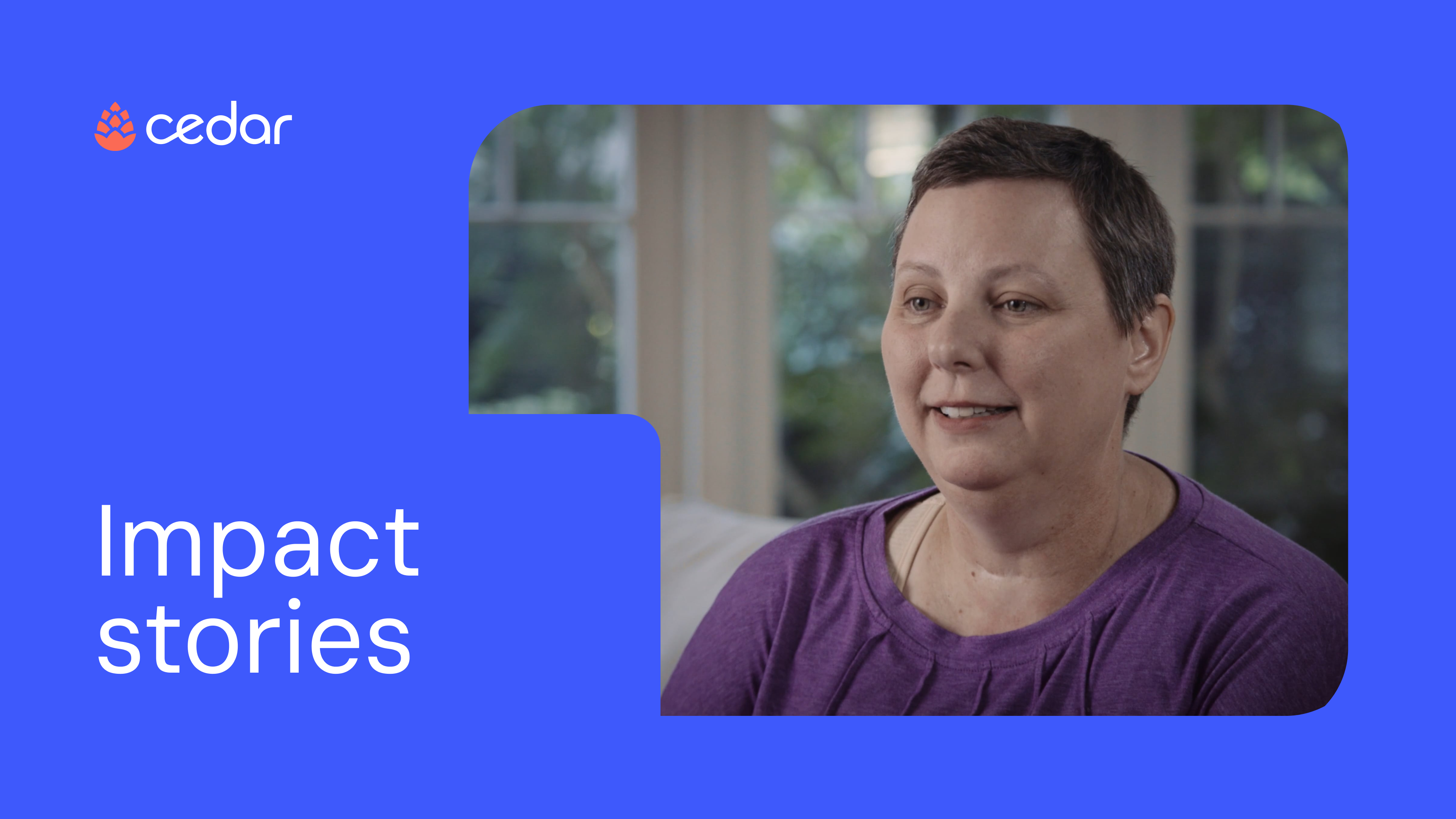This is part 5 in the Cedar blog series “Cracking the millennial mindset.” Click to read part 1, part 2, part 3 or part 4.
As you may have heard, I’m a planner. I’m addicted to color coding and couldn’t survive without my checklists! When it comes to medical bills, this usually sets me up for success: I manage to keep track of what I owe, prepare for planned healthcare expenses and pay on time.

But not every patient is like me. In our extensive IDEO research study about the financial behavior of millennial patients, we identified four distinct archetypes that capture patterns of patient behavior.
- Seekers: Hungry for knowledge and will go to great lengths to understand the exact details of their bills.
- Avoiders: Skeptical and distrusting of their medical bills and tend not to engage at all.
- Hustlers: Altruistic in nature and learning how to “Adult” while still living paycheck to paycheck.
- Planners: Have systems in place to track and organize their medical bills.
We want to support all types of patients, according to their specific needs. And with 58% of employers offering high-deductible health insurance plans, the more that patients are empowered to plan for their out-of-pocket healthcare expenses, the better off they will be.
So at Cedar, we’ve sought out ways to help other archetypes behave more like planners. We’ve asked ourselves: how can we give these patients the tools to feel in control? How do we create an empathetic payment experience for everyone?
On the design and data science teams, we seek to answer these questions through a rigorous process of qualitative and quantitative research, hypothesis development and experimentation.
Payment plans are one of the best tools to support patients of all archetypes (millennial or otherwise). Users request “more time” to pay their bills more than anything else we hear. No-interest payment plans give patients the flexibility to pay their bills in the way that suits their preferences and budget, and they can easily set them up in just a few clicks. And in a win-win for providers, our data has demonstrated that increased payment plan usage leads to overall higher collections for health systems and physician groups.
But in our data, we observed that many patients who could benefit from a payment plan weren’t opting in. So we designed an experiment to see if we could help more patients pay on their own terms.
The experiment
In the original design, patients were presented with a call-to-action to set up a payment plan on the welcome page. However, they had to take an extra step and click again in order to view and select their term options (installment amount and time period). When we conducted user testing, patients often said that they were intimidated by the total balance size and dropped off without exploring their options because the bill size seemed unmanageable.
Our team hypothesized that this created unnecessary friction and prevented more patients, particularly the non-planners, from understanding just how much flexibility they had to meet their obligations over time. We needed to visually communicate to users the benefits of a payment plan up front to engage our users earlier before they dropped off the page.
To address this problem, we designed a new version of the welcome page (V2) that surfaced the payment plan term options upfront. Instead of having to click twice, patients could understand their payment options at first glance by engaging with a user-friendly slider that lets users see how their installment amount changed with plan duration.The slider makes the boundaries of the payment plans very clear and encourages the user to play and engage with the intuitive interface.
Once designed, we set these two different versions live for a subset of real patients in the Cedar app.

The results
When presented with the intuitive payment plan option upfront (V2), more patients chose to enroll in payment plans.
Importantly, this was true for patients with low propensity to pay scores. In other words, patients that historically may have had difficulty paying for medical bills—like hustlers—were more likely to pay when presented with a clear, flexible payment plan option at the outset. And—confirming our hypothesis that payment plans are a win-win—V2 drove higher collections results for healthcare providers, indicating that greater flexibility leads to more payments.
The results spoke for themselves: payment plans help more people plan ahead and meet their obligations in ways that fit their needs. And we can help more patients take advantage of this flexibility by sharing the terms upfront.
In real feedback submitted via surveys, patients have also spoken up about how payment plans make a difference in their financial experience. Here are a couple quotes:
- This was the perfect bill paying system. Medical bills are intimidating and cause stress, this was totally stress free. Was able to enter into a comfortable payment plan where my card is always charged, and I don’t have to worry about calling back on certain days. Love it, thank you!
- Super easy process! Loved that I didn’t have to call to arrange a payment plan. And love how it was broken down by month and how much that looked like per month based on my bill.
- Omg I have so many medical bills. If they all made it this simple to pay with so many choices (pay right away/partial/payment plan- monthly or biweekly – how many payments – starting when) I’d get a lot more of the bills paid off. And it’s automatic so I don’t have to remember myself or have a stack of medical bills piled up on the counter. I LOVE IT! Please get all companies to make it this simple. You want your money? Make it EASY. Thank you. This is the most stress free medical billing experience I’ve ever had.”
As a designer—and as a planner—I love helping more people think ahead and pay their bills in the ways most convenient for them. Using human-centered design and experimentation, I’m excited to continue improving the patient experience for all archetypes.
If you’d like to receive updates and alerts as new posts are published, click here to join the Cedar mailing list.

Amy Stillman is Head of Design at Cedar. Amy has over 10 years of experience leading creative design teams to craft hyper-personalized, human-centered products, helping brands like Procter & Gamble, Verizon and Goldman Sachs.



